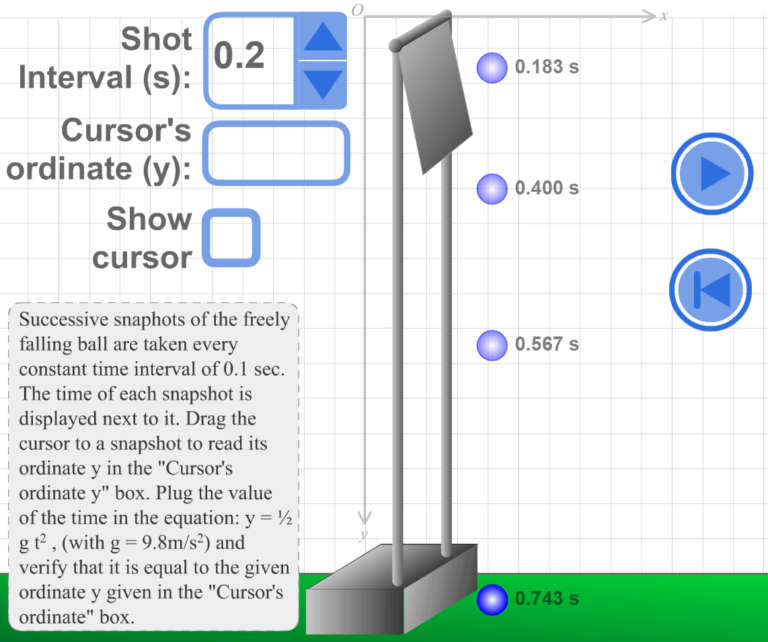Long Division Simulation – Float
Description:
This interactive simulation is designed to teach long division with decimal (float) quotients through a clear, step-by-step process. It visually guides learners through:
-
Dividing multi-digit numbers
-
Extending the division beyond the decimal point
-
Placing the decimal in the correct position in the quotient
-
Understanding how division continues past whole-number remainders
Ideal for students, parents, and educators, this tool supports conceptual understanding and procedural fluency in a visually rich, self-paced environment.
A separate simulation for long division with remainder is also available in the simulations section.
For long division simulation with remainder, click here.






